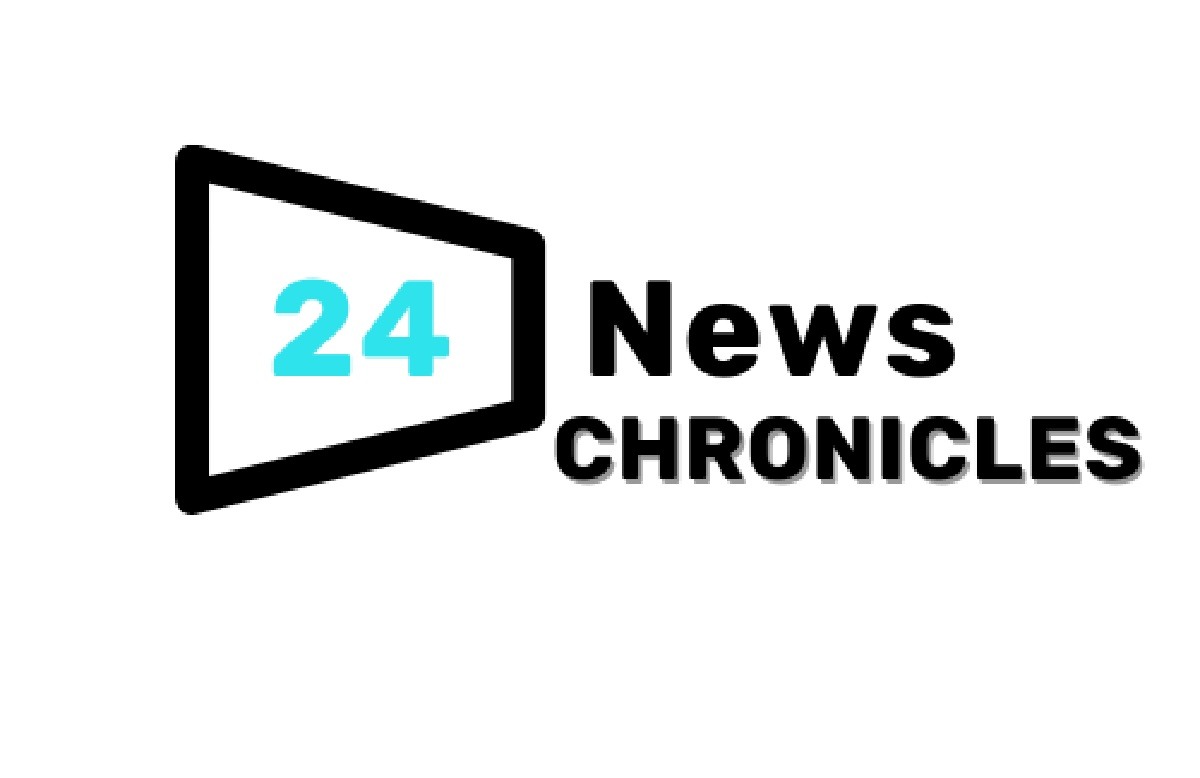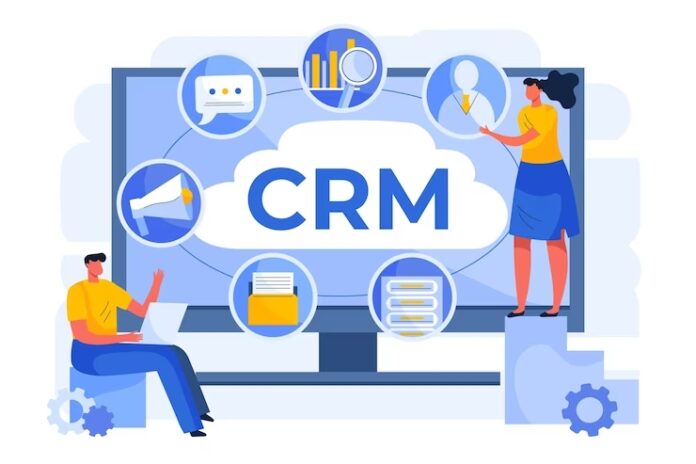Customer Relationship Management ( CRM Softwares ) describes the process, strategy or technology that enables organizations to manage relationships with their consumers, vendors and suppliers. The buyer’s journey has evolved and running a business today is complex. Business owners and sellers ought to keep in touch with their consumers, and prospects, identify up-selling, and cross-selling opportunities and initiate consumer retention programs while ensuring that company revenue continues to increase.
CRM helps businesses streamline the sales process, improve interdepartmental collaboration and maintain business relationships. For a business, be it a growing enterprise or an SMB, A CRM softwares perform the following activities :
- Collects customer data from multiple sources and applications and stores that in a centralized location.
- Automates repetitive sales, marketing and customer service process.
- Tracks prospective customers through their purchase journey.
- Identifies up selling and cross-selling opportunities.
- Promotes interdepartmental collaboration.
What CRM is all about?
Before we dive deeper into the mystique world of CRM, lets learn a gew key things that an all-in-one CRM software takes care.
360 – degree customer view : This is an exhaustive view of a customer, including their contact details, past communication, campaign history and other pertinent information.
Automation : Sales and Marketing activities such as email campaigns, contact management, activity tracking that could be constantly monitored by the system.
Contact : An entry which stores entity’s name, email address, phone number, physical address and other information. The entity could be a customer, prospect, company, partner or a vendor.
Contact Management : It deals with organizing, updating and storing contact information in the CRM software.
Dashboard : It’s the landing page when a user logs into the CRM software. Dashboard displays critical analytic information, sales data and navigation options.
Deal : Also referred to as an opportunity, a deal is a potential sale that has swept to the last stage of the sales funnel.
Integration : This feature allows CRM software to be connected with other software applications in Mar Tech stack to enable seamless data import and export. For example, CRM system may be integrated with a Marketing Automation Platform (MAP), social media management tool etc to get a holistic picture of the customer.
Lead and conversion: A lead is one who has expressed his interest in your offerings. Leads are generally present at first stage of the sales funnel. With a CRM, lead conversion becomes easier as the team is always aware at which level of the customer lifecycle the buyer is.
Lead Management : Lead management or lead nurturing helps users to stay in touch with leads to make sure that the lead does not drop- off from the sales funnel.
Pipeline : Sometimes referred to as a funnel, a pipeline shows various stages of purchase journey. It is generally subdivided into 4 stages, viz.
- Lead Generation
- Qualification
- Proposal
- Sale
Prospect : A prospect is a sales- ready lead that is interested in your product and can purchase it.
Key CRM features that help business accelerate
Choosing a CRM system may become confusing because not all CRM is same and each offer vastly different feature compared to its contemporaries. So, if you are looking to experience one but can’t decide, this list will help you understand the eight essential features needed in a CRM software.
1. Contact Management : All essential lead or customer data like name, email id, home address, phone number, work details, past communications etc should be easily accessible and modifiable.
2. Lead Management : Keeping track of leads may often be tedious if you’re still relying on spreadsheets or other incompatible tools. The lead management feature gives an overview of your leads with status, lead score etc. By clicking on an entry, you can view their profile, recent activities on your website, prior communication, complaints and so on.
3. Pipeline Management: The pipeline management feature gives a visual statistics of your current leads and deal. Deals are isolated according to the stage of the sales pipeline, making it easy for the sales people to understand the status of each lead and help them determine which lead to pursue.
4. Sales Automation: The sales department is feasibly already taxed with too much work. The addition of repetitive administrative tasks such as sending invoices or following-up with a cold lead can negatively impact their productivity.
With the sales automation feature, sales people may automate repetitive tasks so that they can focus on meeting sales target. Automation workflows are initialized based on triggers or rules. For example, if a lead has not retorted for three days, the follow-up workflow will be activated wherein a reminder email will be automatically sent to the contact.
5. Sales Forecasting : A CRM tool processes tons of data daily. The sales forecasting feature uses this data to predict future sales, enabling the sales team to have an approximate understanding of their pipeline and how efficiently they can push sales. Sales team can effectively use this information and convert warm leads.
6. File Storage and Sharing : It enables sales team to store important and frequently required files such as quotes, feature sheets, sales scripts etc in a centralized repository rather than banking on external file storage applications and share with co-workers instantly.
7. Email Management : You may integrate your email with CRM, prohibiting the need to jump between multiple tabs to send an email. With email management feature, you can email a customer right from the CRM interface, mark the status of lead, mention remark and prioritize emails. This way you won’t miss out to couple with any of the leads.
8. Reporting and Analytics: This feature summarizes sales accomplishments in a single dashboard. It allows you to customize or create new types of reports based on requirements and export them in different formats.
The Final Takeaway- Business Can Work with these CRM
Before you go ahead to implement a system for your business, you need to understand the types of CRM. It is of three types :
- Operational
- Analytical
- Collaborative
Operational CRM : It streamlines and automates sales, marketing and service processes. Its main function is to generate leads and convert them into contacts within CRM, capturing every detail at the same time.
Analytical CRM : Analytical CRM is designed to analyze deeply customer’s data and unwrap or disclose the essential convention and behavior intention of customers on which capitalization can be done by the organisation.
Collaborative CRM : It deals with synchronization and integration of customer interaction and channels of communication like phone, fax, web etc with the aim of referencing the consumer in a consistent and systematic way.
Read More: What Should Be In Your Sales Pipeline? What Top Performers Should Know?
Read More: What Your Inside Sales Team Needs To Close The Sale






